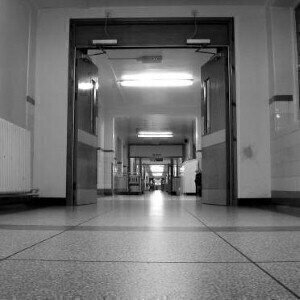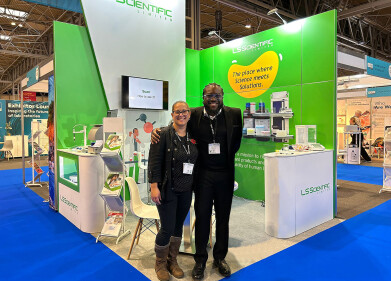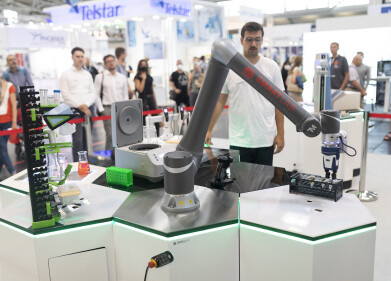News & Views
Artificial Cells and Live Cell Processes Working in Combination
Mar 20 2018
A team at Imperial College London (ICL) have found a way to fuse living cells within a non-biological structure enabling them to harness the natural ability of biological cells to process chemicals while protecting them from the environment. Previous research has centred on utilising only parts of the cell system – such as the ability of enzymes to support chemical reactions; the ICL team, which used microfluidics to create droplets of a defined size, has encapsulated entire cells in an artificial casing, opening their potential to drive applications in areas such as the synthesis of drugs inside the body, as cellular ‘batteries’ powered by photo synthesis, or as biological sensors that can withstand harsh conditions.
Lead researcher Professor Oscar Ces from the Department of Chemistry at Imperial, said: “Biological cells can perform extremely complex functions, but can be difficult to control when trying to harness one aspect. Artificial cells can be programmed more easily but we cannot yet build in much complexity.
“Our new system bridges the gap between these two approaches by fusing whole biological cells with artificial ones, so that the machinery of both works in concert to produce what we need. This is a paradigm shift in thinking about the way we design artificial cells, which will help accelerate research on applications in healthcare and beyond.”
The artificial cells were tested in a solution high in copper, which is usually highly toxic to biological cells. The team were still able to detect fluorescent chemicals in the majority of the artificial cells, meaning the biological cells were still alive and functioning inside. This ability would be useful in the human body, where the artificial cell casing would protect the foreign biological cells from attack by the body’s immune system.
First author of the study Dr Yuval Elani, an EPSRC Research Fellow from the Department of Chemistry, said: “The system we designed is controllable and customisable. You can create different sizes of artificial cells in a reproducible manner and there is the potential to add in all kinds of cell machinery, such as chloroplasts for performing photosynthesis or engineered microbes that act as sensors.”
The next stage in the study would be to improve functionality of these cell systems by engineering the artificial coating to act more like a biological membrane, but with special functions; for example if the membrane could be designed to open and release the cell’s chemicals in response to certain signals, this could offer huge potential for drug delivery systems.
This work is the first example of fusing living and non-living components to emerge from Imperial and King’s College’s new FABRICELL centre for artificial cell science. '
Constructing vesicle-based artificial cells with embedded living cells as organelle-like modules’ by Yuval Elani, Tatiana Trantidou, Douglas Wylie, Linda Dekker, Karen Polizzi, Robert V. Law & Oscar Ces is published in Scientific Reports
Digital Edition
Lab Asia 31.2 April 2024
April 2024
In This Edition Chromatography Articles - Approaches to troubleshooting an SPE method for the analysis of oligonucleotides (pt i) - High-precision liquid flow processes demand full fluidic c...
View all digital editions
Events
Apr 25 2024 Istanbul, Turkey
Apr 28 2024 Montreal, Quebec, Canada
May 05 2024 Seville, Spain
InformEx Zone at CPhl North America
May 07 2024 Pennsylvania, PA, USA
May 14 2024 Oklahoma City, OK, USA


















